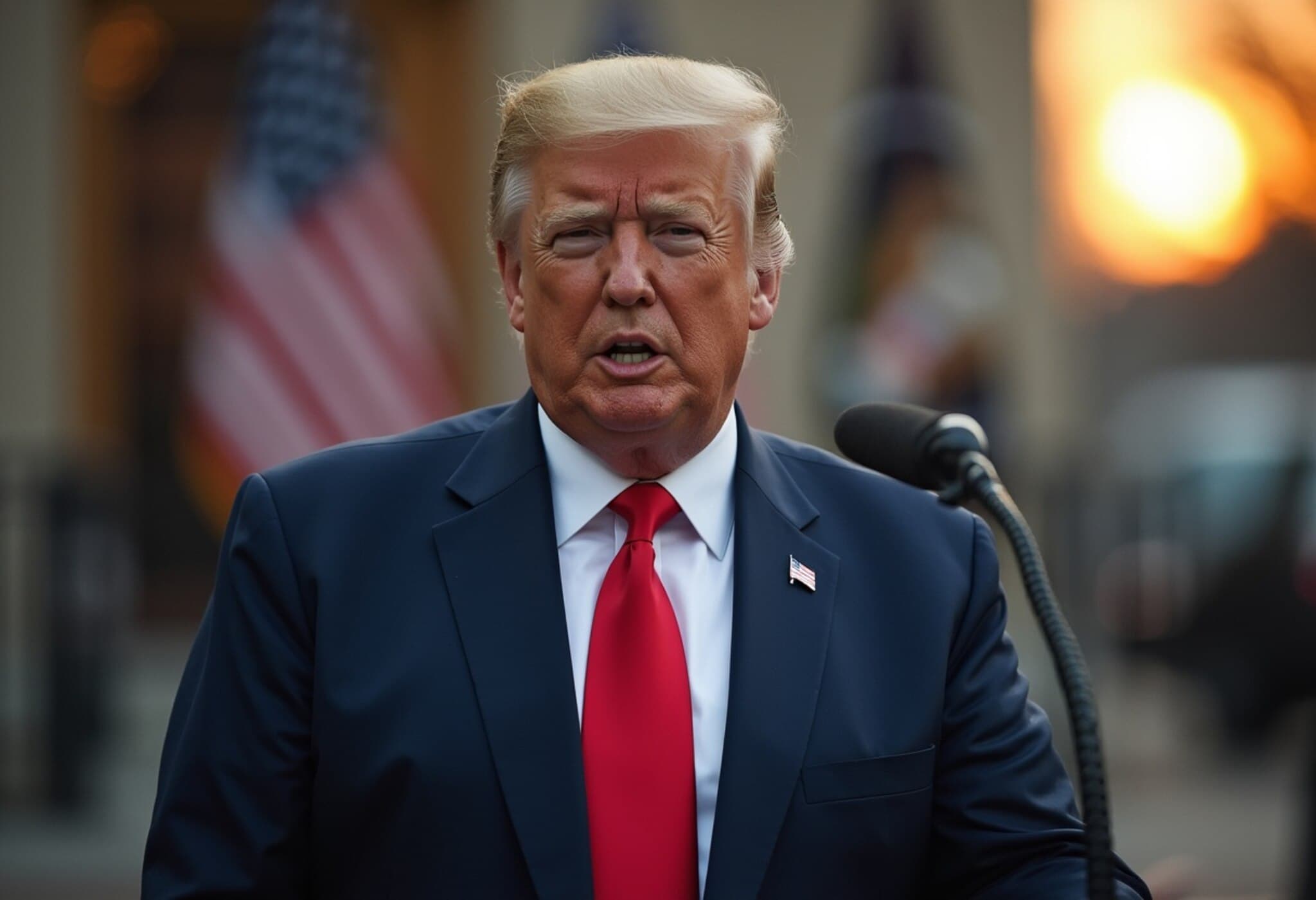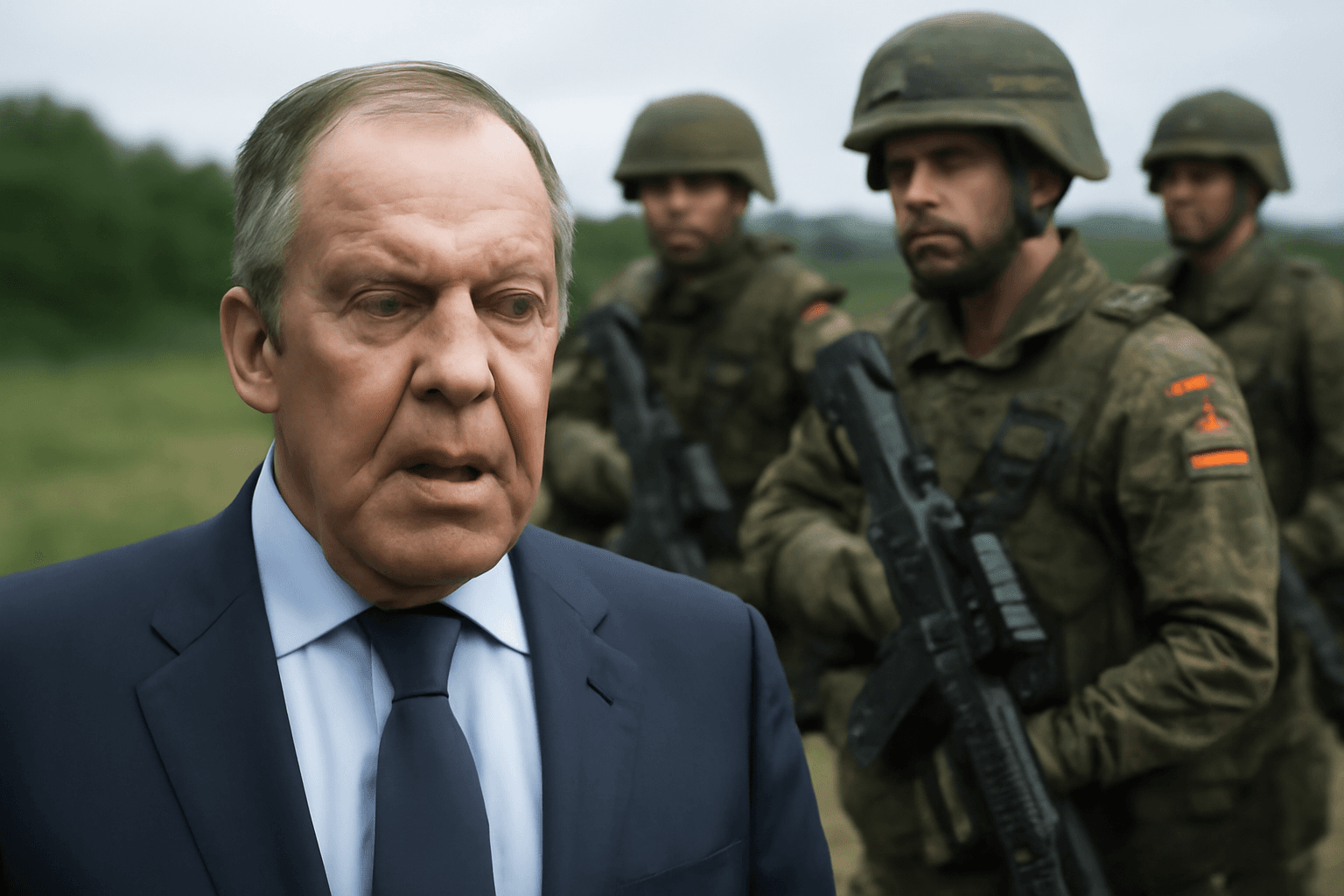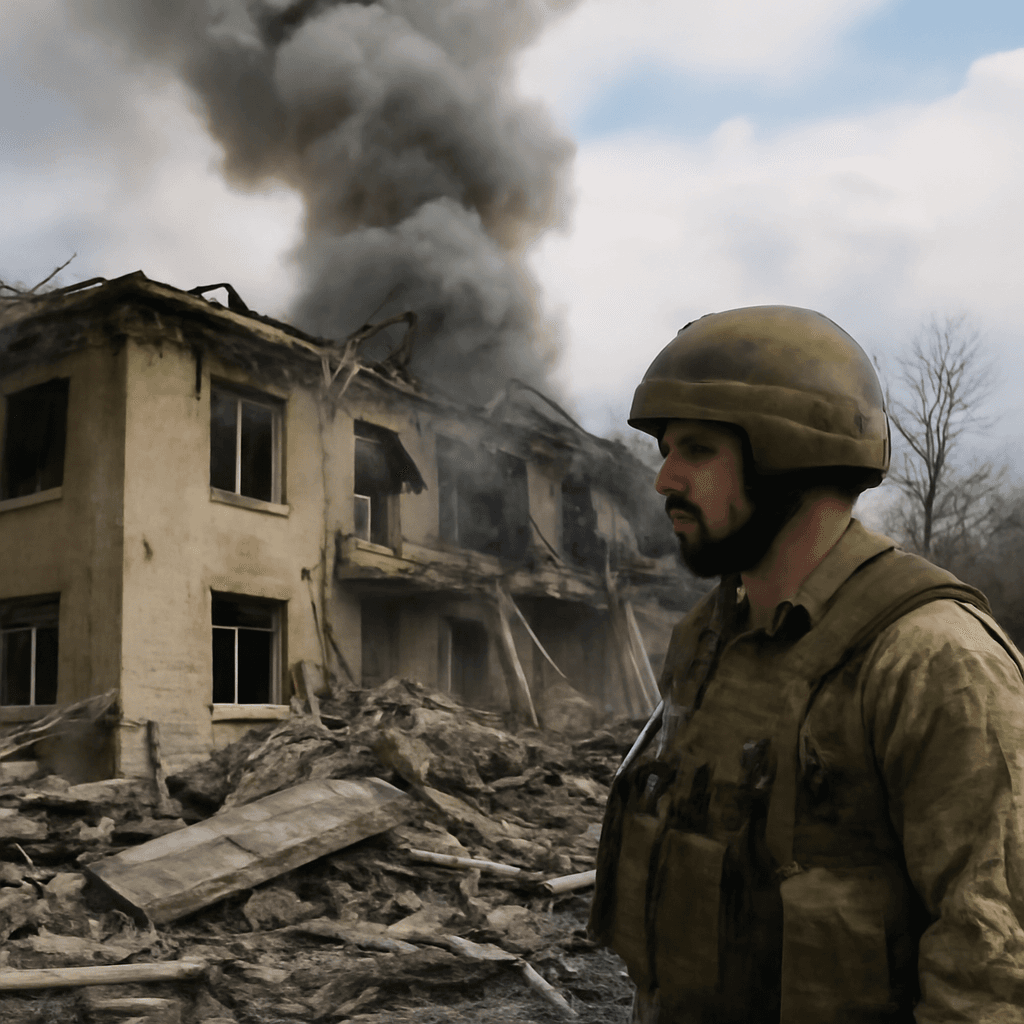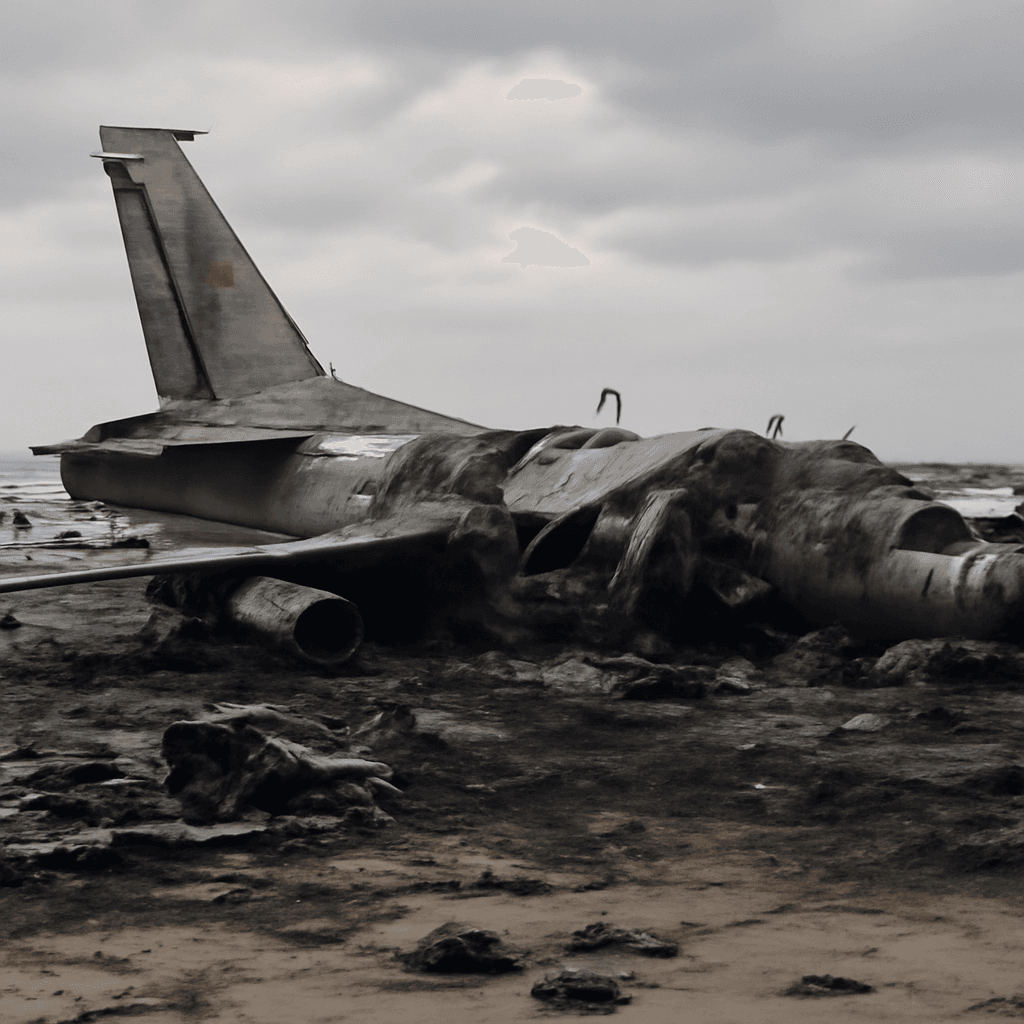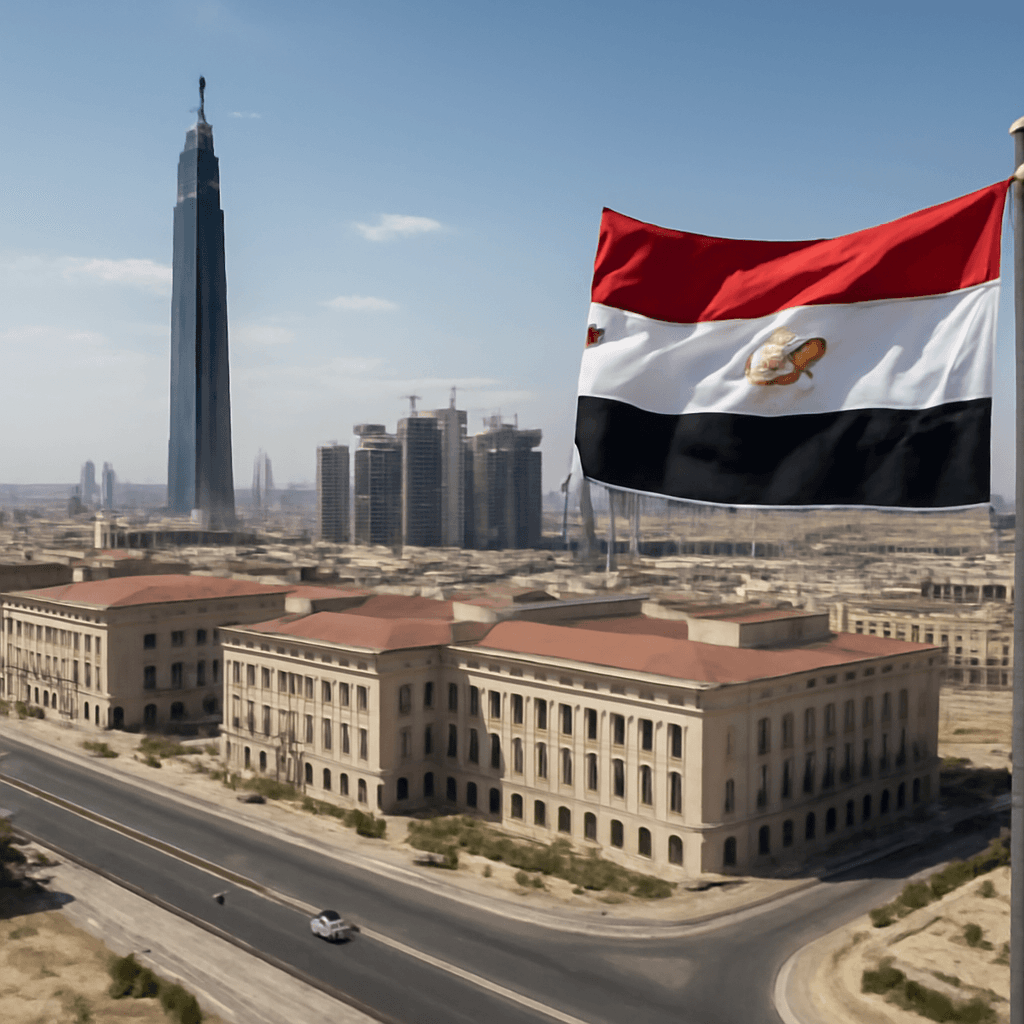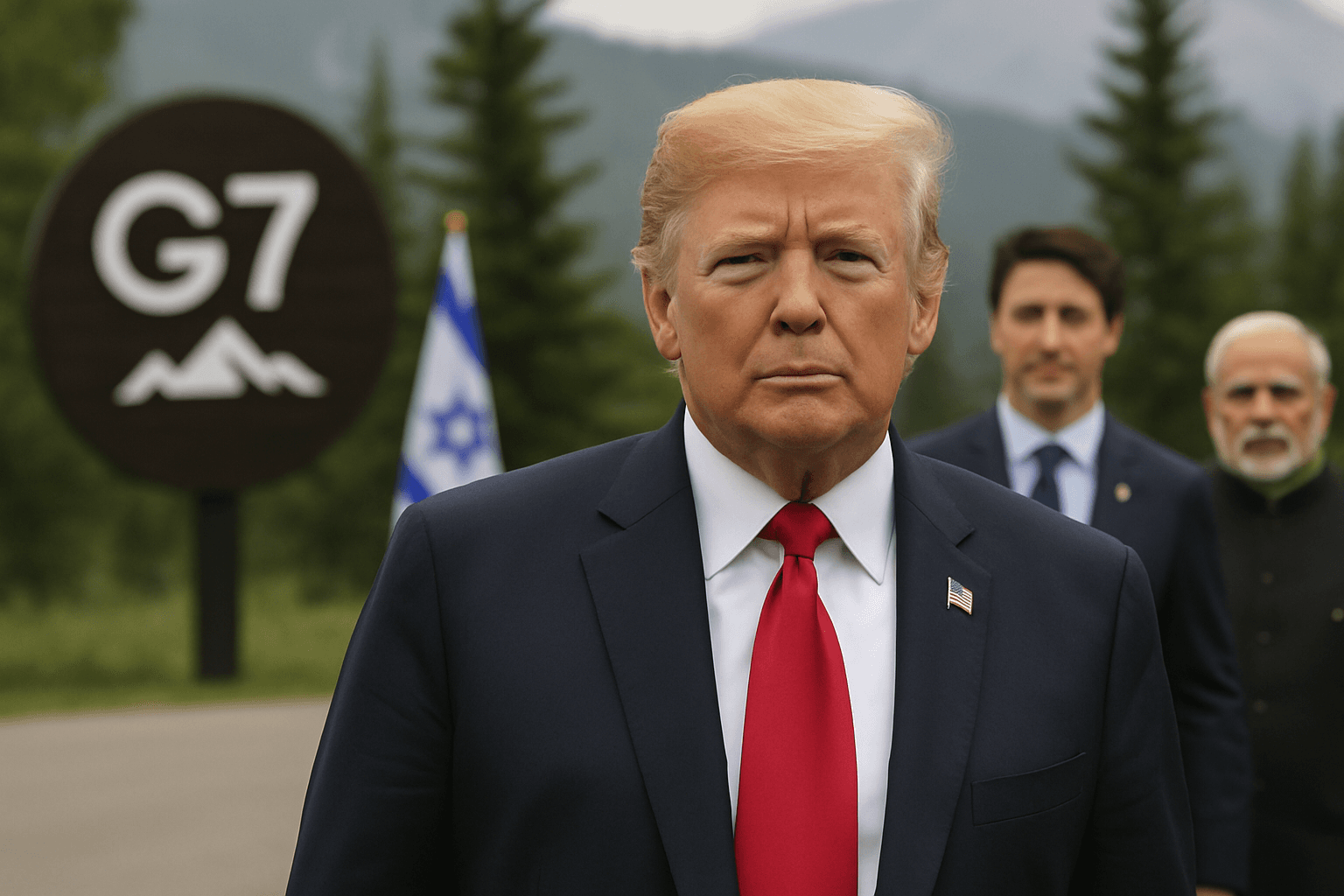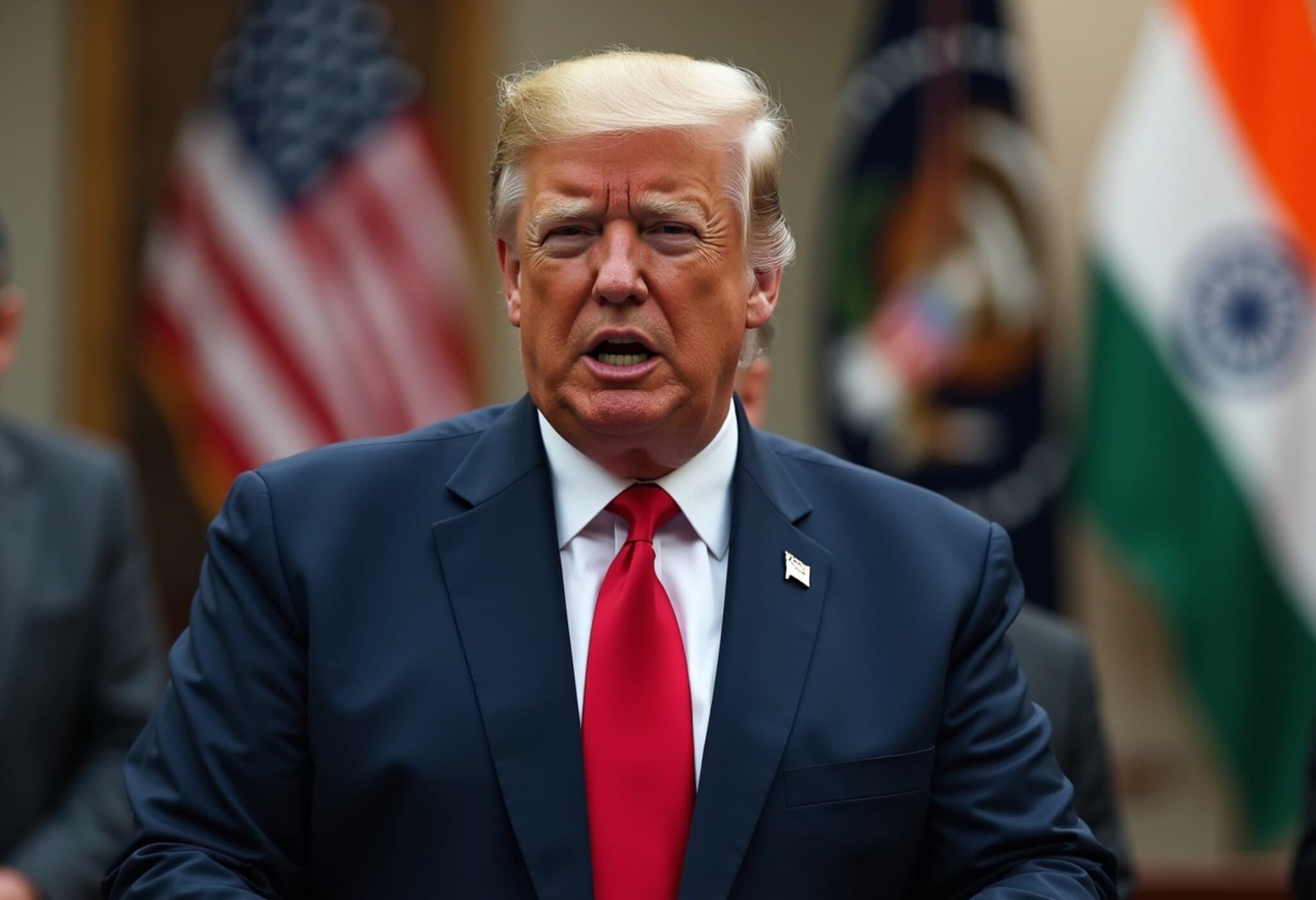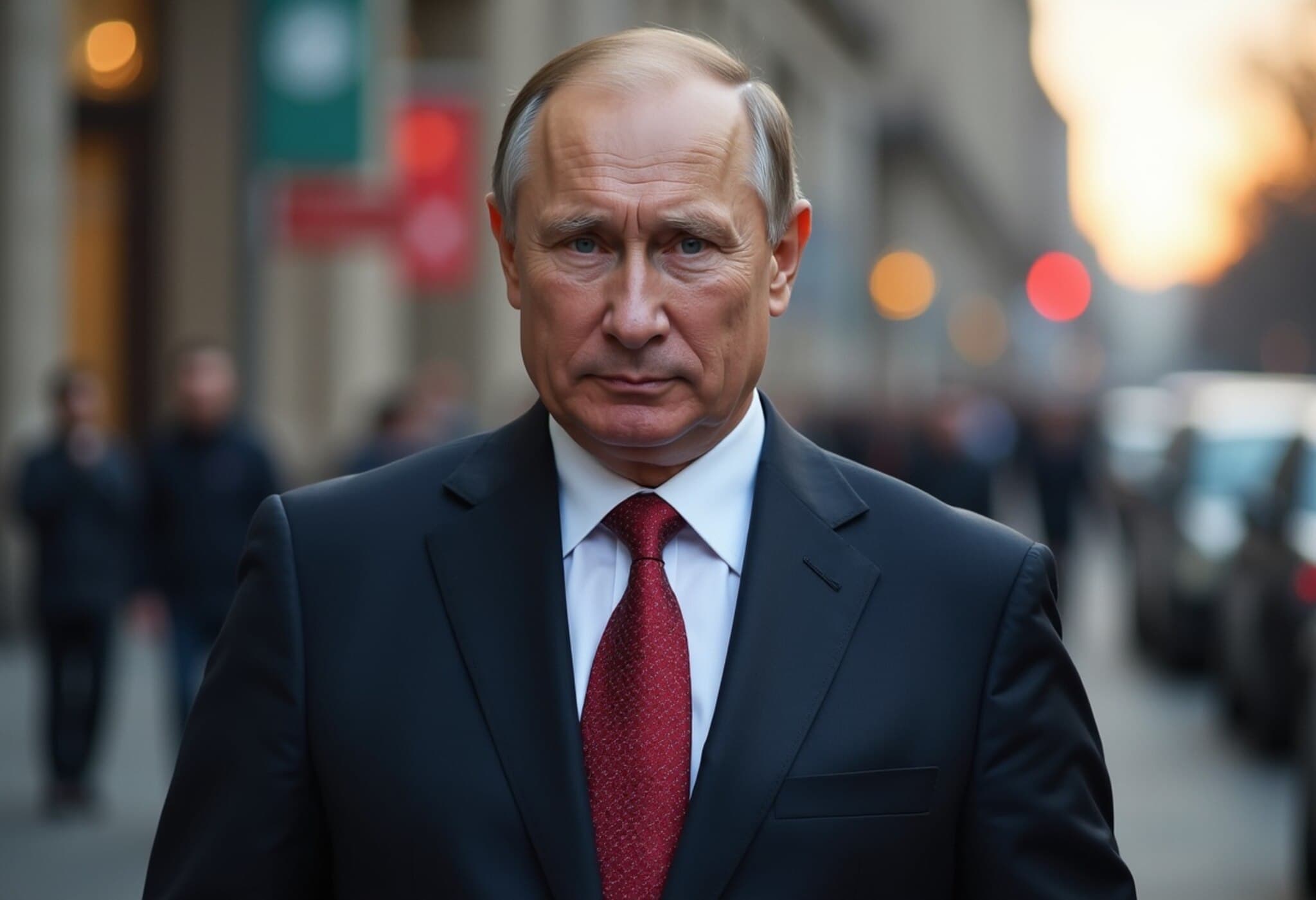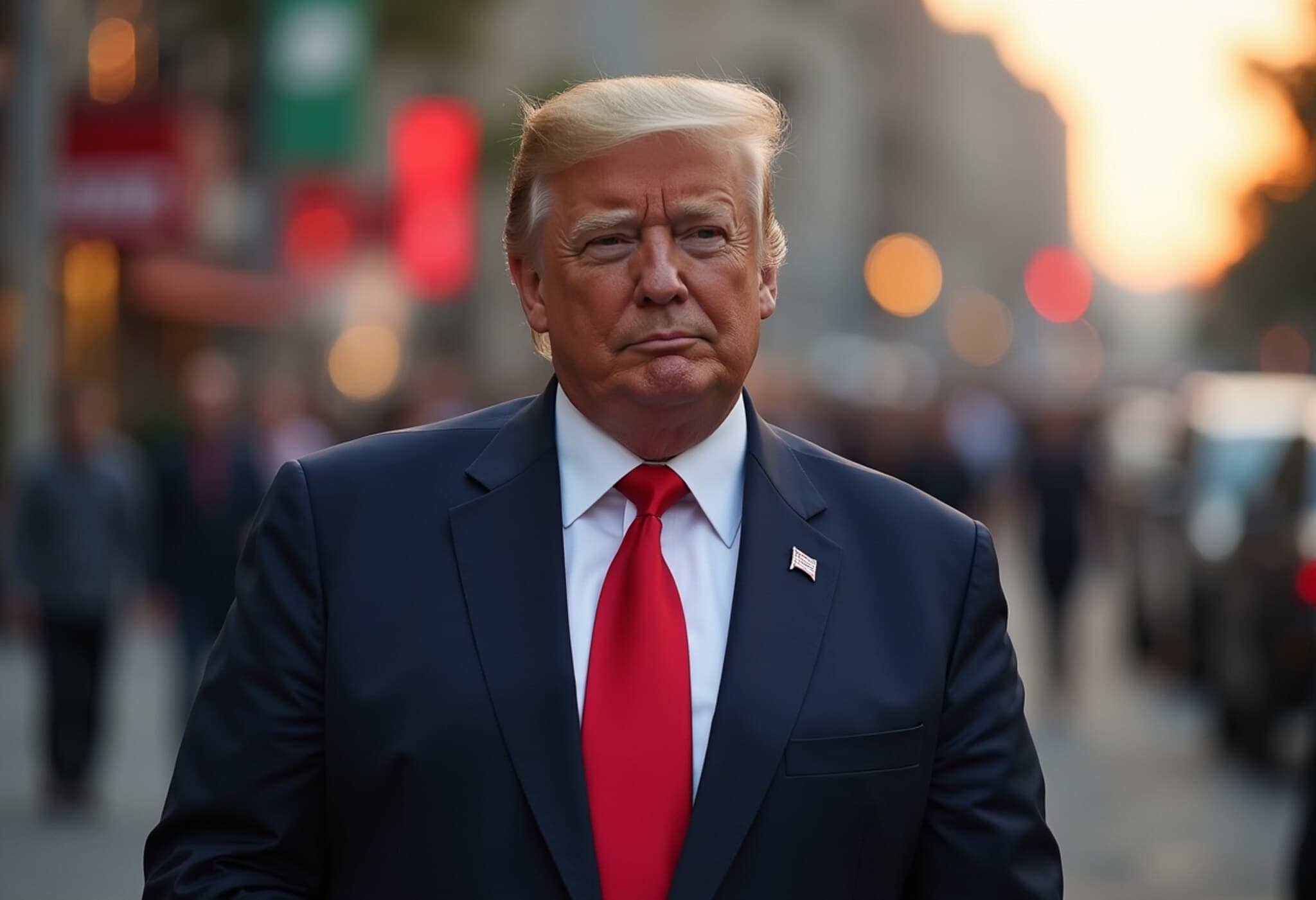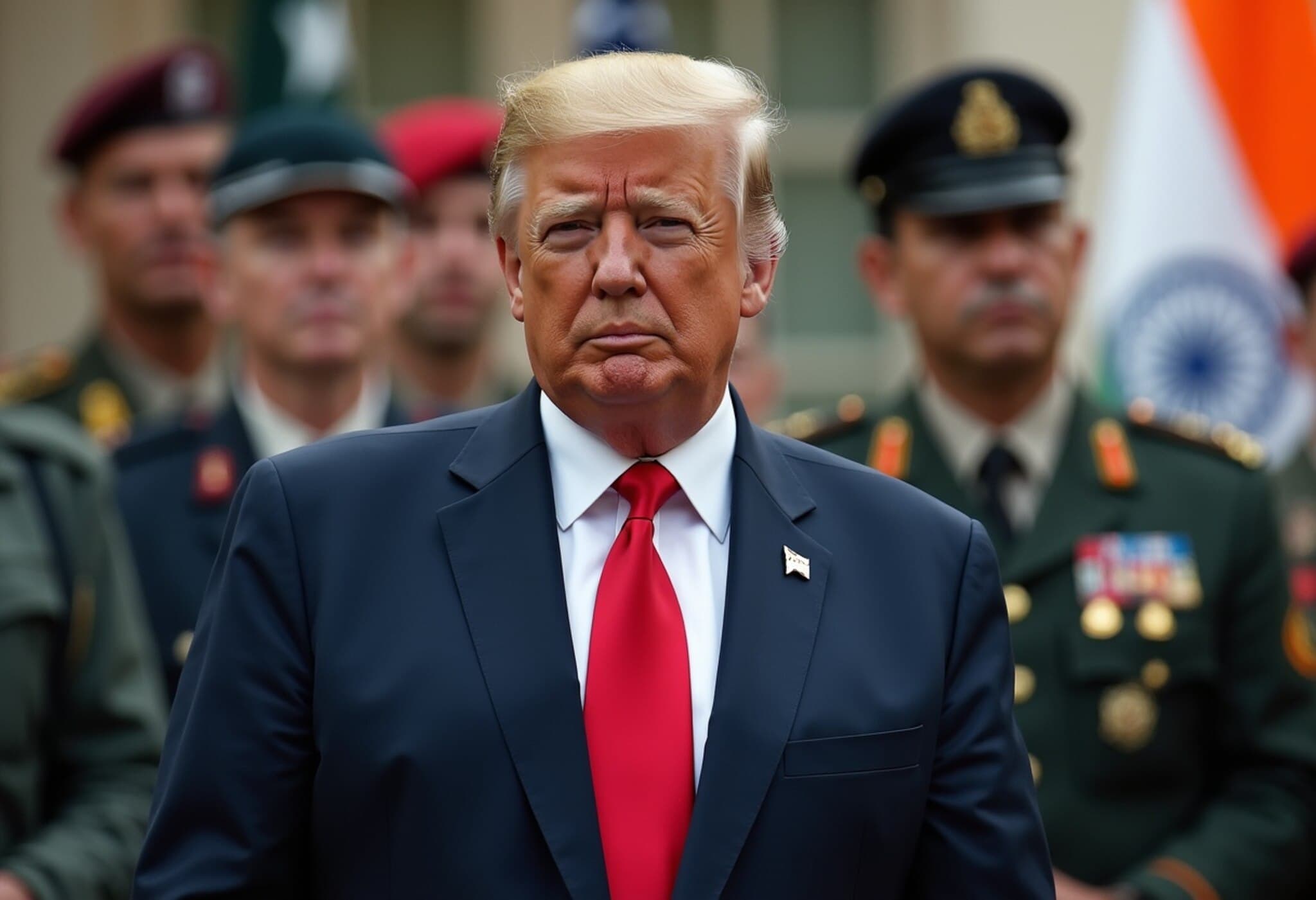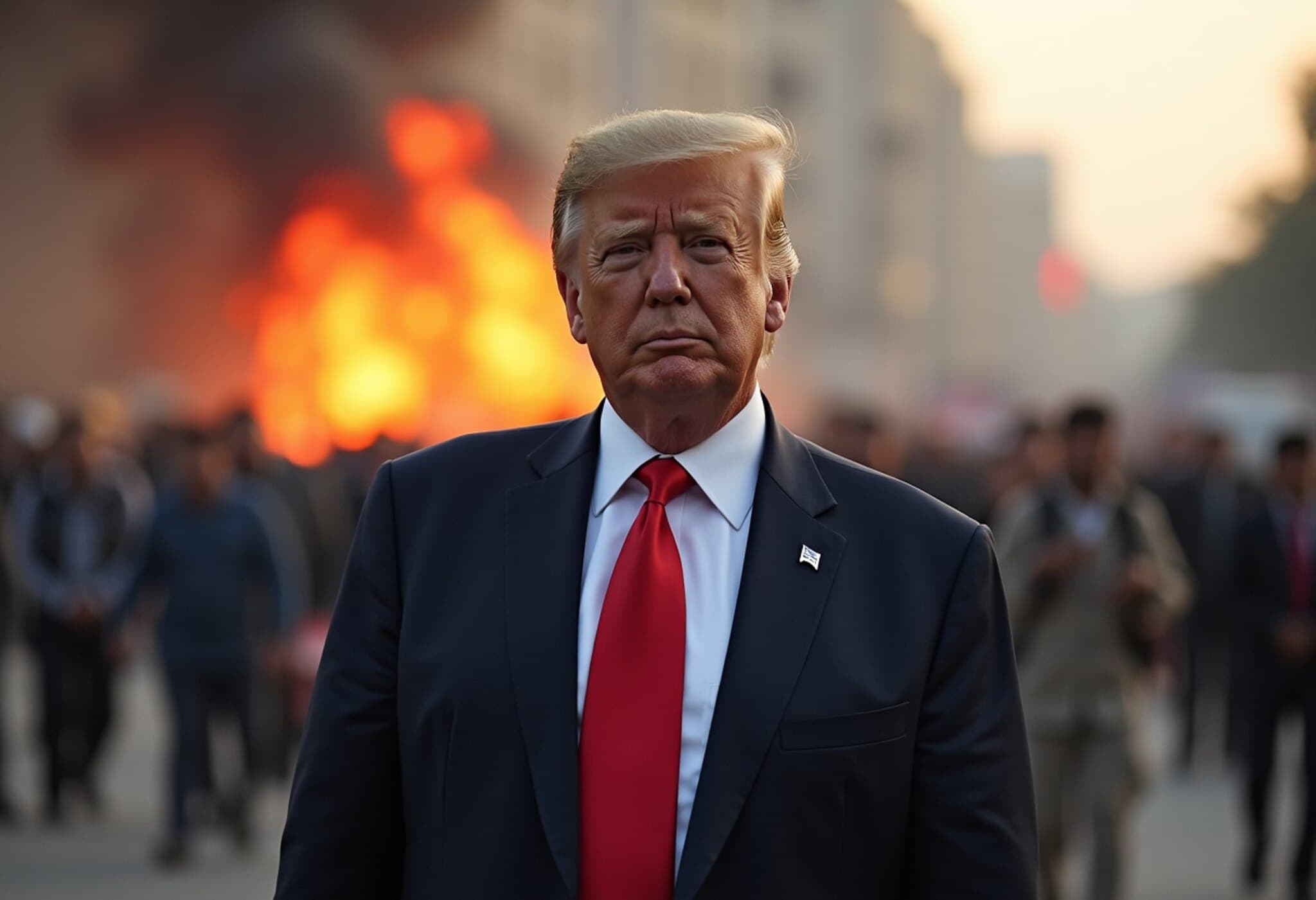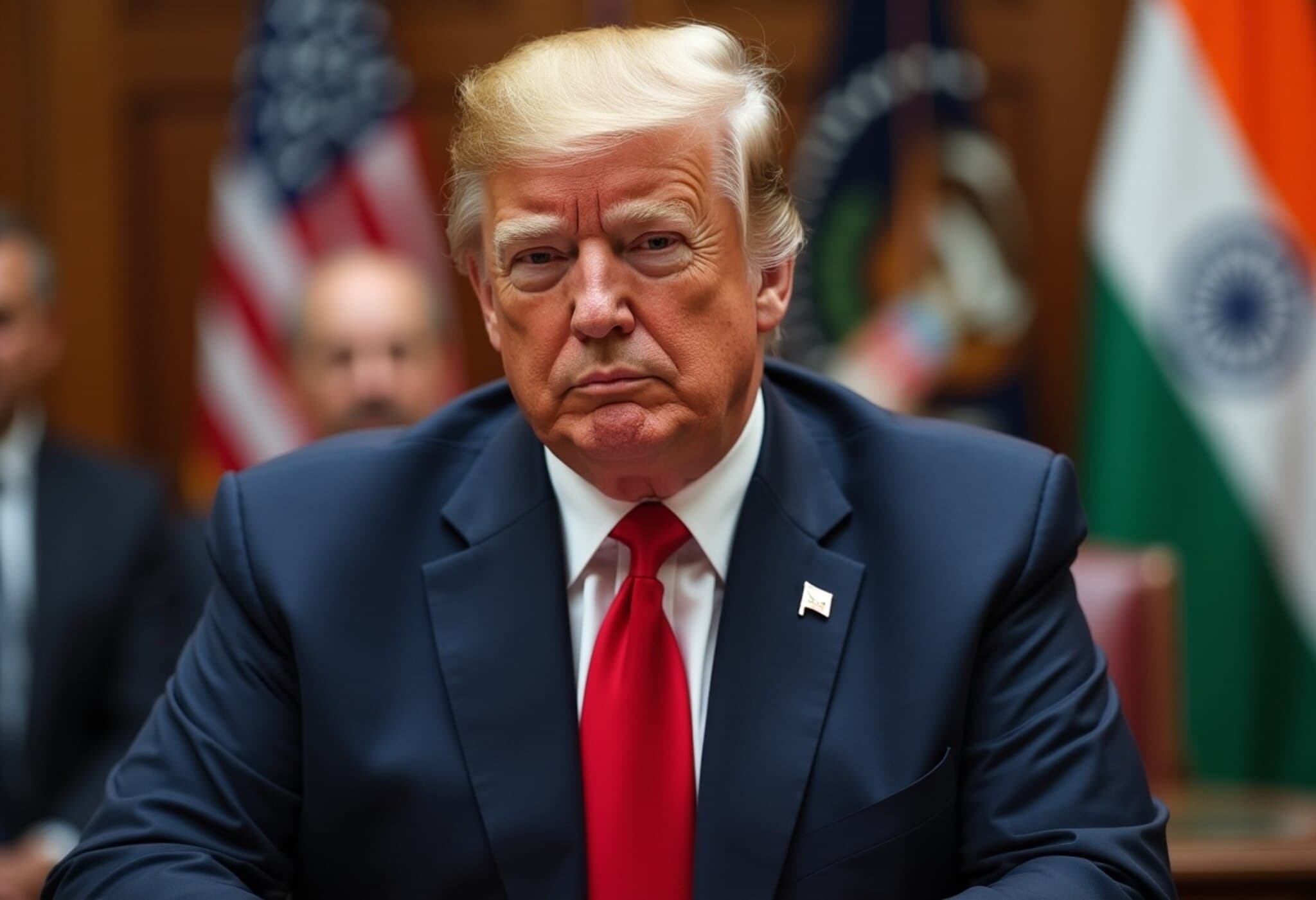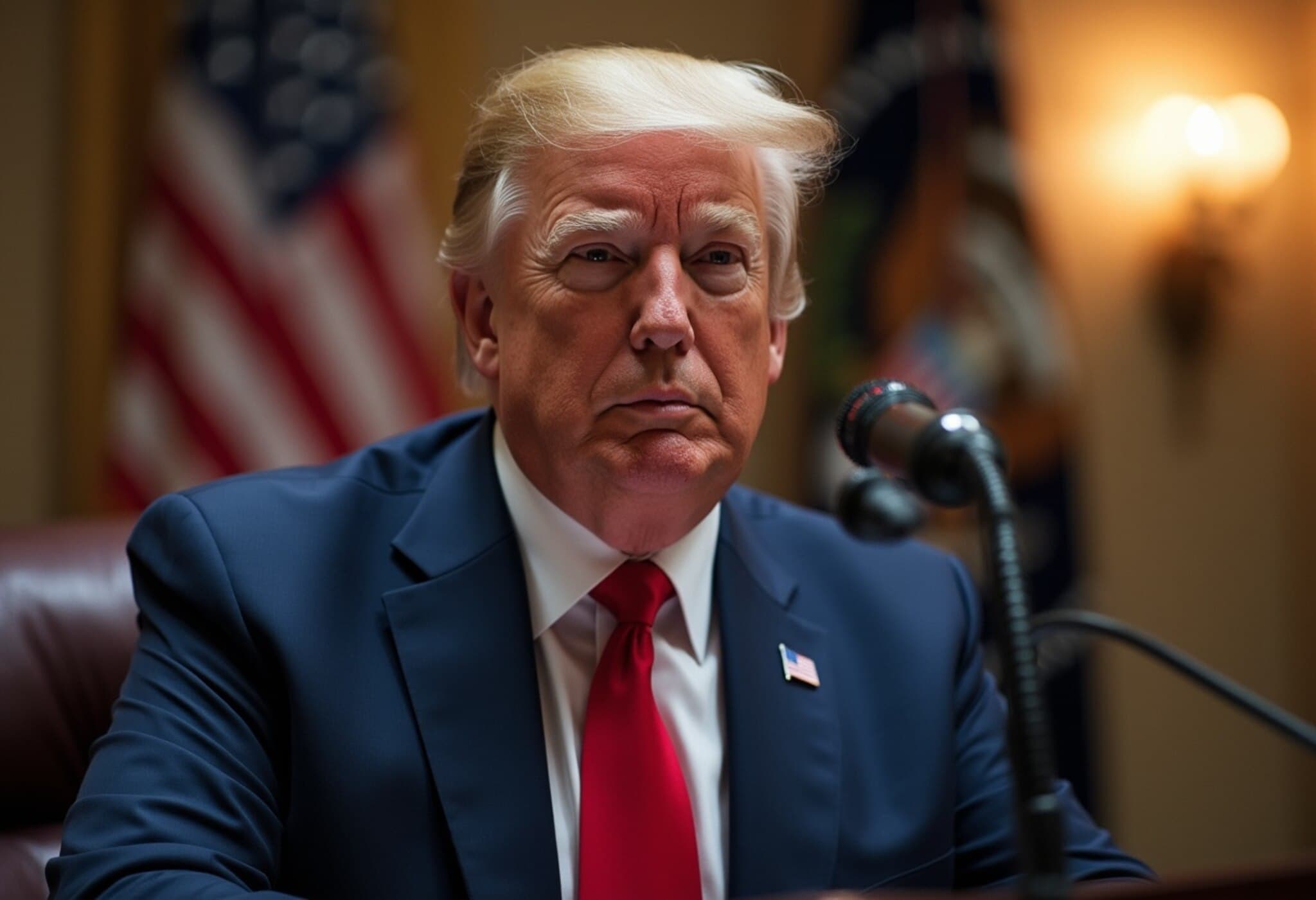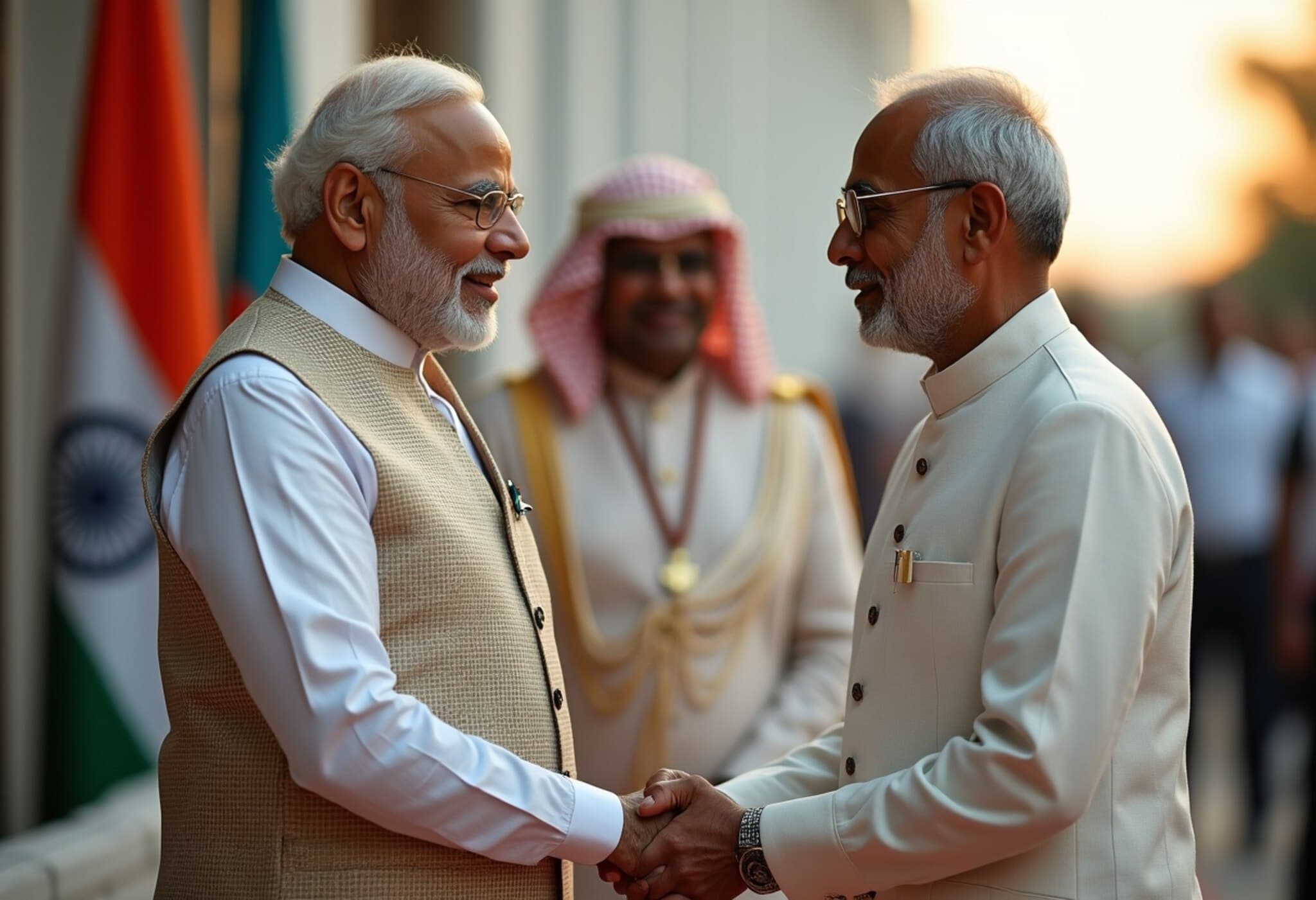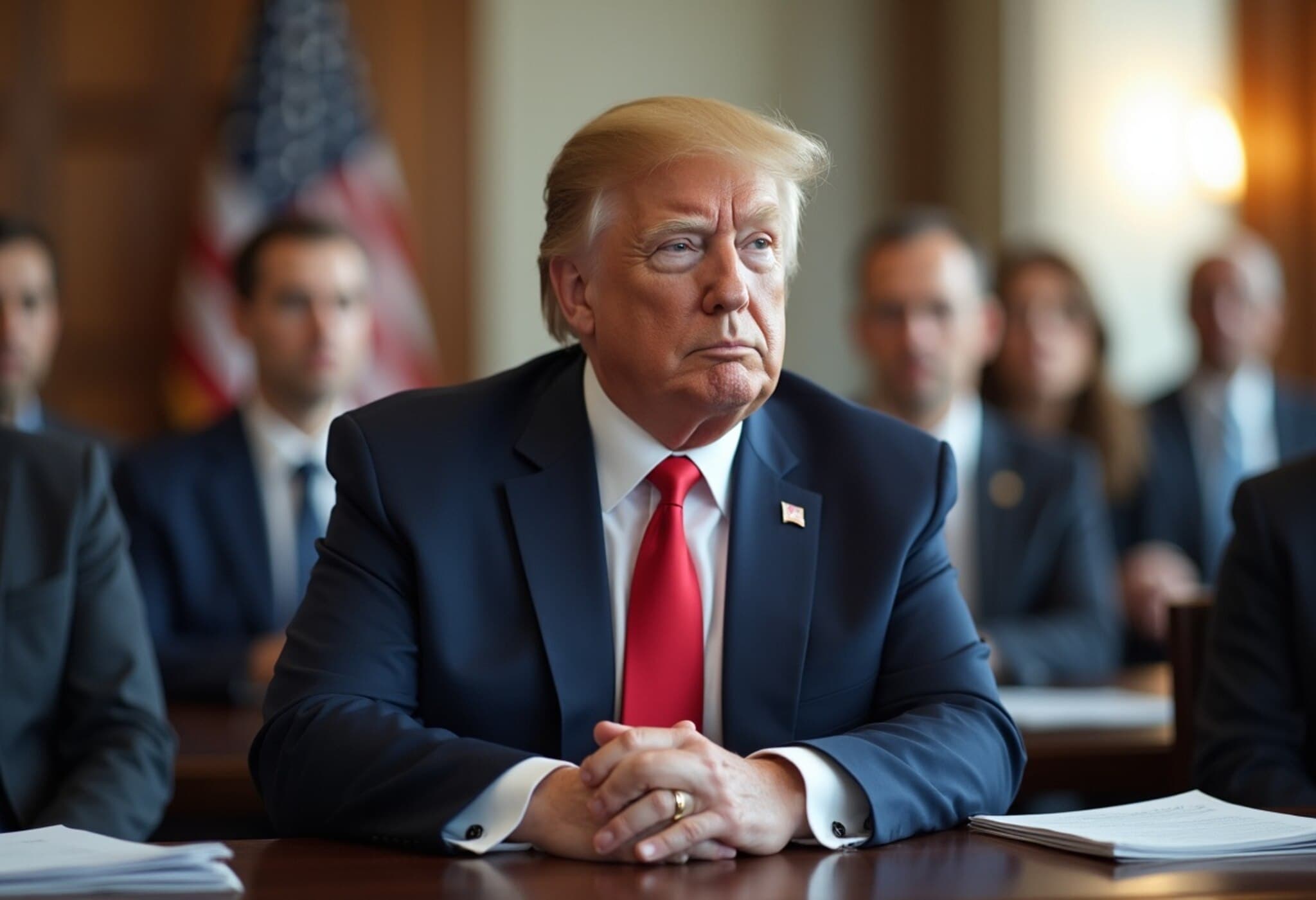Trump’s Peacemaking Ambitions Face Mounting Challenges Globally
In a dramatic turn of events, the United States’ recent withdrawal from ceasefire talks in Gaza has cast significant doubt over former President Donald Trump’s aspirations to be seen as a global peacemaker. Despite only being back in office for six months, Trump has aggressively positioned himself as a diplomatic leader seeking to resolve some of the world’s most entrenched conflicts — yet current developments suggest these efforts may be unraveling.
The Gaza Ceasefire: A Deal That Never Materialized
Trump’s special envoy, Steve Witkoff, announced that the U.S. negotiating team is pulling out from talks in Qatar aimed at ending the 21-month war between Israel and Hamas. The failure to produce a breakthrough deal underlines long-standing mistrust, with Witkoff accusing Hamas of lacking "good faith" in the negotiations, though he offered no further specifics.
Recent high-profile meetings, including Israeli Prime Minister Benjamin Netanyahu’s visit to Washington, failed to yield progress. The U.S. has signaled it will explore alternative strategies to recover hostages held by Hamas, but details remain tightly guarded. Trump himself took a hard line, declaring Hamas uninterested in peace and suggesting the group will face relentless pursuit.
Ukraine Conflict: Diplomatic Stalemate and Escalating Violence
In his campaign and early months in office, Trump promised a swift end to the Russia-Ukraine war. Nearly half a year later, however, the conflict grinds on with a stalemate that threatens both regional stability and global security. His reluctance to back bipartisan sanctions on Russia corresponds with Moscow’s renewed military aggression.
While Ukrainian President Volodymyr Zelenskyy has extended olive branches with calls for direct talks, Russia remains steadfast in its demands: Ukraine must cede control over annexed territories and abandon NATO aspirations. Low-level negotiations in Istanbul have ended without progress, reflecting a wider impasse that dims prospects for near-term peace.
Iran’s Nuclear Standoff: Fragile Ceasefire but No Breakthrough
Washington and Tel Aviv recently coordinated strikes on Iranian nuclear sites, resulting in a tenuous ceasefire but no comprehensive agreement. Tehran has expressed openness to negotiations conditioned on trust-building steps, signaling potential but cautious engagement.
Parallel talks involving Britain, France, and Germany—parties to the 2015 nuclear deal Trump withdrew from—are ongoing. Officials warn of reinstated sanctions if progress isn’t made by August, illustrating how the legacy of past policy decisions continues to complicate diplomacy.
Not All Diplomatic Fronts are Faltering
Despite these setbacks, the Trump administration has recorded successes in other regions:
- Central Africa: In June, the U.S. facilitated a peace accord between Rwanda and the Democratic Republic of Congo, bringing hope to a region long marred by conflict. The agreement includes mutual respect for sovereignty and access to critical minerals essential for the global economy.
- South Asia: Tensions between India and Pakistan reportedly eased after exchanges of fire in May, with the Trump administration claiming a role in de-escalation—though India officially denied foreign intervention.
- Middle East: A limited ceasefire brokered between Israel and Syria in July, announced by U.S. envoy Tom Barrack, showcased potential for reducing hostilities, even as broader normalization efforts face hurdles.
Expert Insight: The Complexity of Peacemaking in a Fragmented World
From a policy analyst’s perspective, Trump’s recent peacemaking challenges underscore the sheer complexity facing any diplomatic initiative amid overlapping conflicts marked by deep historical grievances, geopolitical rivalries, and domestic political constraints.
Moreover, the apparent gap between high-profile rhetoric and on-the-ground realities raises critical questions about the viability of a fast-track peace strategy. Effective diplomacy often demands patience, nuanced engagement, and multilateral cooperation—ingredients sometimes at odds with the pace and style Trump has favored.
As the U.S. recalibrates its foreign policy in these arenas, Washington’s approach will significantly influence not only regional stability but also America’s global reputation as a peacemaker in the coming years.
Looking Ahead: What This Means for Global Stability
In an increasingly interconnected world, the stability of flashpoints like Gaza, Ukraine, and Iran ripple far beyond their borders. Failure to secure ceasefires or diplomatic breakthroughs risks triggering broader humanitarian crises, economic shocks, and geopolitical realignments.
Trump’s global peacemaking bid, while ambitious, currently appears at a crossroads. Whether his administration will pivot, persevere, or retreat from these complex theaters remains an essential story to watch closely—inevitably shaping the international order in the years ahead.
Editor’s Note:
This unfolding narrative invites deeper reflection on the nature of peace diplomacy today. Can fast-paced leadership drive lasting accord amid entrenched conflicts, or does sustainable peace require a more measured, coalition-based approach? As the world watches, questions around trust, strategy, and leadership come to the fore—challenging policymakers and citizens alike to reimagine the paths toward global harmony.

